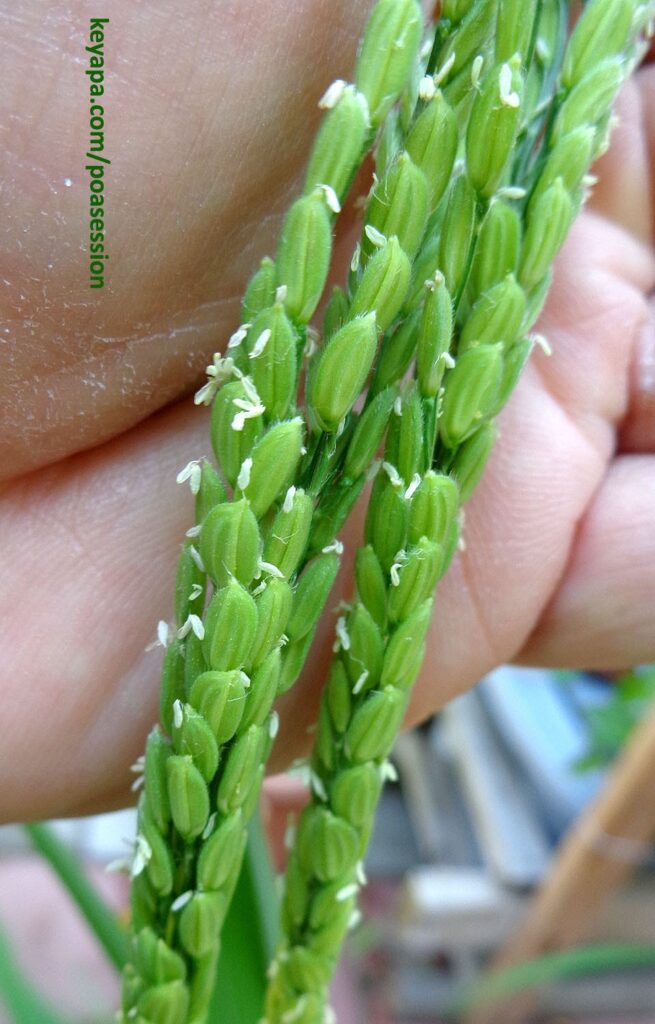
I’ve been reading stories about how eating rice (Oryza sativa) can cause diabetes, even though there is some controversy because the cases of diabetes in rice-eating countries was low in the past, and only shot up once meat eating became more prevalent in such countries.
Nevertheless, such fears affected the lives of many people who were pre-diabetic or diabetic. In many countries, rice is the staple food, and eating is actually synonymous with eating rice, and this is reflected in the language even. For example, in Tagalog, cooked rice is kanin, and to eat (in general) is kumain, a derivative of the root for rice. It is widely said that a main meal without rice is one that leaves the belly unsatisfied. I remember my grandmother having to curtail her eating of rice because she was pre-diabetic, and I can tell you now, she was not very happy about it.
The characteristic of many rice varieties that implicates it in diabetes is its high glycemic index, which measures how fast a food raises blood sugar levels. The higher the GI value, the more problematic it is for pre-diabetic and diabetic people. Many popular rice varieties have a GI of at least 70, which classifies all of them as high GI foods. A GI of 45 is considered ultra low.

Recently, there has been a big breakthrough in the identification of the genes responsible for the high GI in rice at the International Rice Research Institute (IRRI), which is based in the Philippines. Using this knowledge, researchers have managed to create rice varieties with a GI of only 44, an amazingly low GI value. Armed with this result, they hope that within a year or two main varieties of low-GI rice might be in the market already after cross-breeding with these experimental varieties.
The use of traditional plant breeding to create such new low GI varieties might slow down the progress of getting these into the market, but past experience has shown that people are very leery about using genetically engineered rice. This was the case for Golden Rice, a variety that has enhanced vitamin A in it, but one that was created using genetic engineering. A decade later, its use is minimal and in fact I believe is illegal in some places.
Setting that aside though, the introduction of low GI rice into the market using traditional breeding techniques is great news for the billions of people who consider rice their main staple!


Leave a Reply